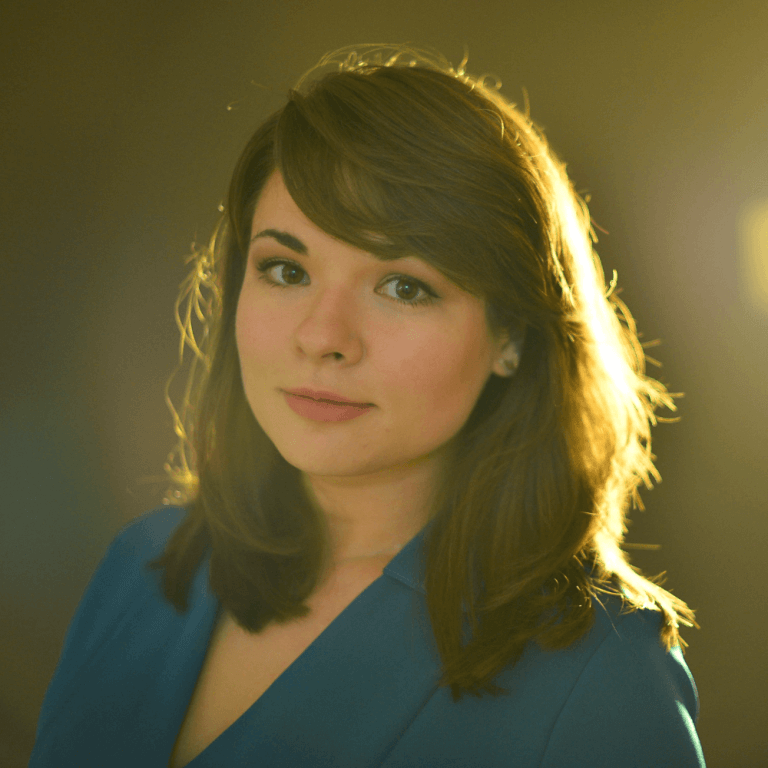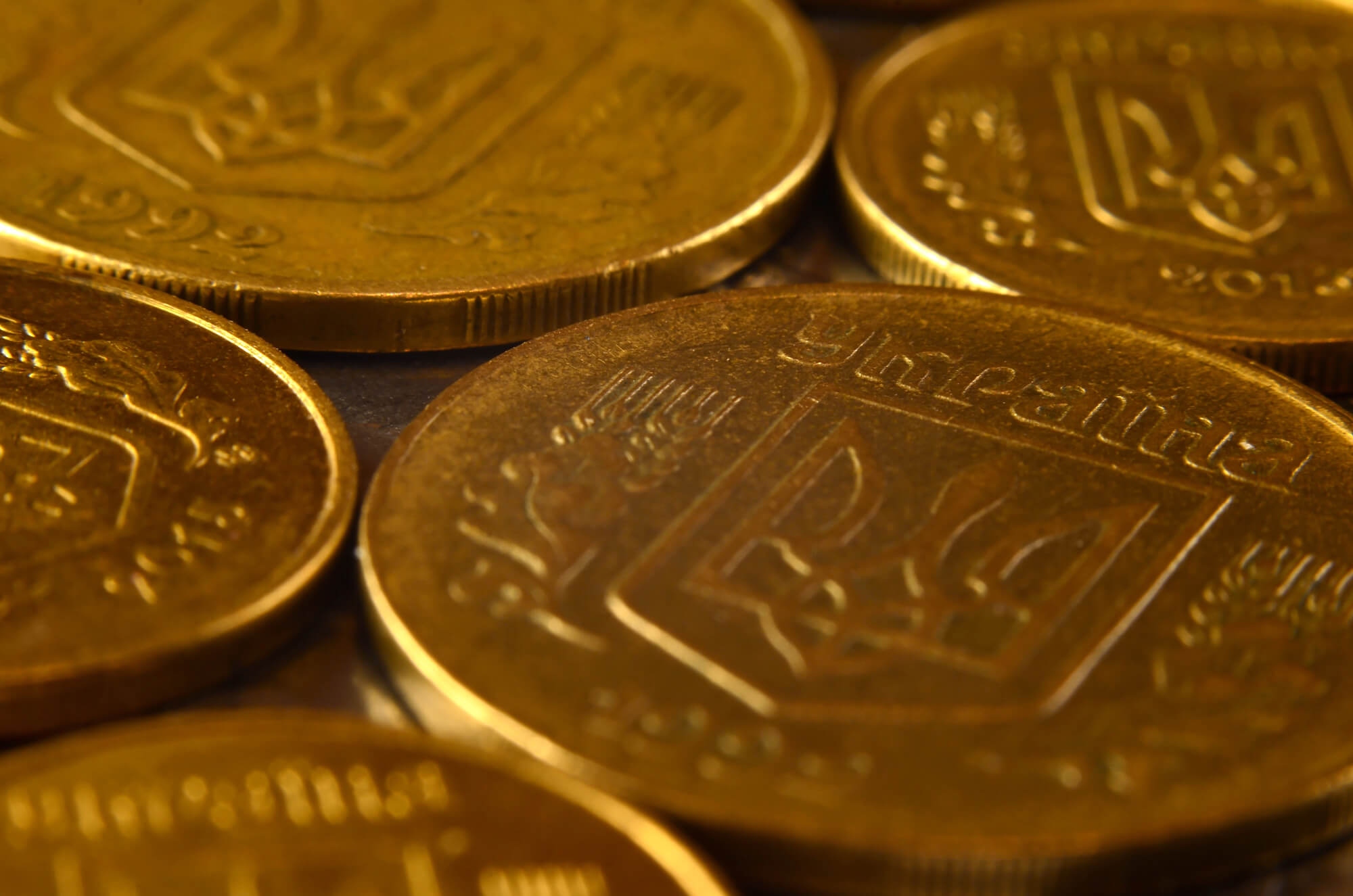Having survived the presidential elections, Ukraine is getting ready for the parliamentary ones. What do the pre-election preparations mean for the common Ukrainians?
Budget WatchDog project is supported by the governments of Germany and the United Kingdom via the Good Financial Governance project implemented by Deutsche Gesellschaft für Internationale Zusammenarbeit (GIZ) GmbH.
Apartment buildings will get their front doors painted and parks will have their playgrounds refurbished. In some cities, the waterworks repairs might pick up speed. Kindergartens and schools will receive new windows, some new social infrastructure objects will be built here and there.
At whose expense these improvements are made?
One sponsor can be identified for certain. It’s the state budget of Ukraine.
There are at least two expenses in it that are used to finance thousands of projects focused on construction and renovation of social infrastructure, maintenance of public utilities, purchasing municipal equipment, etc.
These are the subvention for regional social and economic development (SRSED) and the State Regional Development Fund (SRDF).
Although these expenses do not officially depend on the elections or the deputies’ political affiliation, the majority of arguments on how much funds to allocate to these channels and how to distribute them rage between the government and the parliament and are caused by political motives.
The latest example is the 2019 state budget.
September 15th, 2018, was not a good day for the deputies.
Ministry of Finance has submitted a draft of the 2019 budget to the parliament forgoing the SRSED. This decision was met with a telling response from the deputies.
While preparing the draft for the second hearing, the parliament submitted 113 amendments reintroducing this subvention.
Oksana Markarova, the acting Minister of Finance at the time, said at first: “We can allocate 50% of the State Regional Development Fund’s funds to the subvention.” The size of the SRDF is at least 1% of the general fund of the state budget. In the 2019 budget that was UAH 9 bn, therefore, the SRSED could be approximately UAH 4,5 bn.
However, ultimately the SRDF did not decrease significantly, totalling UAH 7,7 bn in 2019, while UAH 4,8 bn were allocated to the SRSED. These expenses were increased by cutting the funding for the agricultural subsidy programme.
The way deputies reacted to a budget without the subvention attests to how politically important these state resources for regional development are for them. A major reason for that is that these funds are used to finance projects in their electoral districts. Losing these resources in a double election year was unthinkable for the deputies.
Uneven distribution
Year after year the funds allocated to the SRDF and the SRSED were distributed unevenly. This can be proved by calculating the Gini index.
The Gini index is a measure of statistical dispersion among a range of values. In this case, the amount of funds allocated to regional development. The higher the index, the bigger the inequality among values. (Fig. 1).
Gini indexes for SRDF and SRSED funds behaved in a similar fashion in 2015–2018: both of them as well as the composite index increased in 2015, then decreased in 2016 and 2017 before increasing again in 2018. In 2017, the total nominal amount of funds used to support regional development increased almost twofold, with the SRSED’s share growing significantly (Fig. 2).
One of the reasons for this change is that the local governments do not always follow budget discipline when preparing projects and holding tenders. As a result, the government allocates funds too late. Another reason is that the development expenses are sometimes postponed to fund more pressing needs.
In 2015, the SRDF accounted for a bigger part of regional development support expenses, but in 2016 the SRSED came ahead of it (Fig. 3).
The 2018 hike might be explained by the fact that the need for development funds spiked ahead of 2019, a double election year, for political reasons.
VoxUkraine has analysed election districts represented by which deputies received the most and the least funds in 2015–2018 and what is wrong with this distribution (Fig. 4).
Figure 4. SRDF and SRSED funds allocation by region in 2015-2018
The calculations are based on the records of the State Treasury Service of Ukraine on the resources assigned to projects as part of SRDF and SRSED funding.
The largest sums of SRSED funds were spent on projects in electoral districts represented by members of the People’s Front, the Petro Poroshenko Bloc, the Revival, and the People’s Will. Meanwhile, the smallest sums were spent on electoral districts represented by non-affiliated deputies and members of the Opposition Bloc (Fig. 5).
Figure 5. The top 10 deputies, whose electoral districts received the most and the least funds from the SRSED
Source: VoxUkraine’s calculations based on the records of the State Treasury Service of Ukraine and the Ministry of Regional Development, Building, Housing, and Communal Services of Ukraine
The largest sums of SRDF funds were allocated to electoral districts represented by members of the Petro Poroshenko Bloc, while the smallest ones were spent on electoral districts represented by non-affiliated deputies and temporary political allies of the governing coalition (Fig. 6).
Figure 6. The top 10 deputies, whose electoral districts received the most and the least funds from the SRDF
Source: VoxUkraine’s calculations based on the records of the State Treasury Service of Ukraine and the Ministry of Regional Development, Building, Housing, and Communal Services of Ukraine
There is another notable trend in the distribution of development funds. Starting from 2016 the electoral districts represented by temporary political allies of the coalition, i. e. member of the People’s Will and the Revival, started receiving significantly more funding. In 2015 districts represented by the Revival and the People’s Will received 6,2% and 4,5% of total regional development funding respectively, while in 2016 these figures jumped to 13,3% and 7,7%. In 2018 these figures were almost unchanged, with districts represented by the Revival and the People’s Will receiving 13,5% and 7,5% of funding respectively. One the reason behind this trend is that the Radical Party of Oleh Lyashko and the Samopomich (Self-Reliance) Union left the governing coalition and the development funds were used to encourage deputies from other political parties to support important bills.
According to VoxUkraine’s calculations, in 2015–2018, the top 10 districts received 17% of SRDF funds and 18% of SRSED funds.
A lack of effectiveness
Both the SRDF and the SRSED are supposed to be used to stimulate regional economic development.
However, there are a couple of major problems that undermine or completely defeat this goal.
Firstly, there are few high-quality projects and the existing ones are routinely presented to the government too late to receive funding. Most of the regions do not make use of the funds that are allocated to them.
According to an SRDF funding review conducted by the Ministry of Regional Development, Building, Housing, and Communal Services, as of March 2017, only nine regions of Ukraine fully distributed the funds they were provided with. These regions were the Donetsk Oblast, the Kharkiv Oblast, the Kyiv Oblast, the Lviv Oblast, the Poltava Oblast, the Rivne Oblast, the Vinnytsia Oblast, the Zaporizhia Oblast, and the City of Kyiv. The main reasons for that are the low quality of project documentation and the lengthy tendering process.
Secondly, projects financed from the SRDF are a burden on the budget. According to the Ministry of Regional Development, Building, Housing, and Communal Services, in 2015–2017, 62 out of 1646 projects were supposed to create 925 jobs. However, all of them were in the social sector, therefore, they created an additional burden on local budgets instead of stimulating economic development.
Thirdly, distribution of funds both of the SRDF and the SRSED can be influenced by political motives.
The SRSED is administered by the Ministry of Finance. Its funds are distributed by a special commission that consists of officials from the Ministry of Finance and the budget committee of the Verkhovna Rada, with the latter occupying at least 50% of seats on the commission.
The final decision on the distribution of SRSED funds is approved by the Cabinet of Ministers, but the key opportunities for exerting political influence are at the commission level.
Meanwhile, the Ministry of Regional Development, Building, Housing, and Communal Services has been administering the SRDF since 2015.
The fund is considered to be a more transparent instrument for supporting regional development. There are a number of main reasons for that.
Firstly, the SRDF has a fixed minimum size of no less than 1% of revenues of the state budget’s general fund. Secondly, there is a clear mechanism for the distribution of its funds. 80% of SRDF funds are distributed among regions based on their population, while the remaining funds take into account the level of social and economic development of every region relative to its gross regional product per capita. Only regions where this ratio is less than 75% of the national average can receive these funds. Projects to be funded by the SRDF are chosen on a competitive basis. However, this process has enough opportunities to exert political influence as well. The main issue is the project selection process. The contests are announced by regional commissions of local governments in every oblast and in Kyiv. Then the list of all projects and programmes chosen in regions is forwarded to the central commission at the Ministry of Regional Development, Building, Housing, and Communal Services. At this stage, the list of projects is finalized.
Starting from April 2017 at least a half of the central commission is made up of deputies from the budget committee. Therefore, the deputies have the same opportunities to exert political influence as in the case of the SRSED.
Situational distribution. The distribution of regional development funds is uneven. The SRSED is often used by the government as a bargaining chip during negotiations with deputies and the funding is provided and increased right before parliamentary voting on an important bill. These can be key reform bills, state budget changes or the state budget itself. Having received funds from the SRSED, deputies cast their votes. The SRDF is often not funded fully when there is a need to cut budget expenses. Last year funding for the SRDF was supposed to come from sources that can be unreliable, such as asset forfeiture. In 2017 and 2018 SRDF funds were to be spent on regional development but in reality they were not distributed fully. One of the reasons for that is the lack of proper legislation. This year the situation changed.
Fourthly, most of the projects funded by both instruments are only point solutions for isolated problems of local communities. For instance, according to the reports by the Ministry of Regional Development, Building, Housing, and Communal Services and the Accounting Chamber of Ukraine, most of the project funded by the SRDF and the SRSED were educational ones, 35% and 33% respectively. Healthcare and social protection come in second with 20% of SRDF projects and 23% of SRSED projects. What is more, the funds are scattered across a number of small projects that are not solving strategic infrastructure tasks or implementing local development programmes.
Even though the average cost of projects financed by the SRDF is UAH 5,7 mn, 72% of projects cost less than UAH 5 mn and 17% cost less than UAH 1 mn.
Elections are approaching
Power struggle during this year’s parliamentary elections will be fierce. Political parties have already started to announce their party lists. On June 5th, the government used SRSED funds to finance a second batch of projects this year totalling UAH 1,15 mn. The first batch, approved in January, cost UAH 1,03 mn.
A month earlier, in May, a list of projects totalling UAH 3,3 mn was approved to be financed by the SRDF.
We are going to find out soon how actively these funds will be used and whether they will help the current deputies to win in their election districts.
Attention
The authors do not work for, consult to, own shares in or receive funding from any company or organization that would benefit from this article, and have no relevant affiliations




